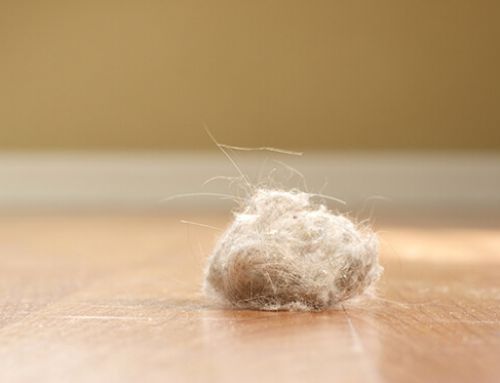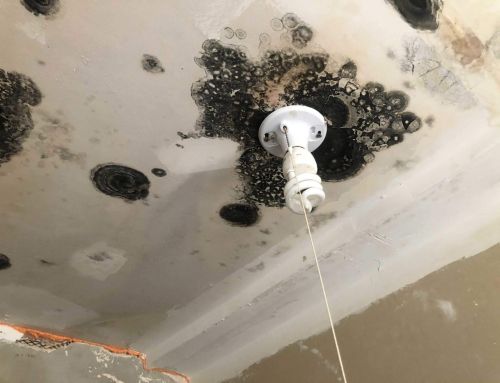Many people are allergic to mold spores and every house has them. Mold is a form of fungus that thrives in warm, damp environments and with more than 100,000 species in the world, it is no wonder molds can be found everywhere. It spreads by releasing tiny, lightweight spores that travel through the air.
As a matter of fact, mold spores are in the air around you now without you being aware of them. However, the problem starts when mold starts growing in larger quantities, increasing the number of mold spores that find their way into the air where you breathe.
It grows quickly in moist dark spaces, such as basements, attics, and behind walls. If you have a mold allergy, your immune system shifts into overdrive when you breathe in mold spores. A mold allergy can make you cough, your eyes itch, and cause other symptoms that make you completely miserable.
The Symptoms
Mold allergy symptoms vary from person to person and can range from mild to severe. You may notice symptoms when the weather is damp or when you’re in an indoor space with high concentrations of mold. Like any allergy, mold allergy symptoms are triggered by an overly sensitive immune system response.
When you inhale tiny, airborne mold spores, your body recognizes them as foreign invaders and develops allergy-causing antibodies to fight them. If you have asthma, your asthma symptoms may be triggered by exposure to mold spores. In some people, exposure to certain molds can cause a severe asthma attack. Like many allergies, the warning signs can include:
- Coughing
- Wheezing
- Stuffy or runny nose
- Itchy, watery eyes
- Shortness of breath
- Chest tightness
- Rash or hives
Key Risk Factors
A number of factors can make you and your family more likely to develop a mold allergy or worsen an existing one including:
-
-
- Having a family history of allergies. If allergies and asthma run in your family, you’re more likely to develop a mold allergy.
- Having an occupation that exposes you to mold. Occupations where mold exposure may be high, include: farming, baking, millwork, carpentry, horticulture, winemaking and the furniture industry.
- Living in a home with high humidity. If the humidity level in your home is higher than 50 percent, you will probably have increased mold exposure.
- Living in a home or residential building that has excess moisture issues. This can be caused by leaky pipes, water seepage during rainstorms, roof leaks, and flood damage. At some point, nearly every home has some sort of excessive moisture. This moisture can allow mold to grow and flourish.
- Poor home ventilation. Tight window and door seals may keep out the heat and cold, but they trap moisture indoors and prevent proper ventilation, creating ideal conditions for mold growth. Damp areas — such as bathrooms, kitchens and basements — are most vulnerable.
- Your HVAC system. Mold can feed on dust, so ductwork is a common source of mold, because your ductwork provides both a food and moisture source. Once mold begins growing inside of your HVAC system, the spores are spread every time the system is on and air is flowing through it.
-
What’s the best way to get rid of mold?
The best defense for a mold allergy, is to reduce your exposure to the types of mold present in your home that cause your reaction. If your home has a serious enough problem that you smell the mold or you believe you have mold in your basement, attic, crawl space, walls, or floors, you will probably need a professional to remove it.
The National Association for Moisture Management recommends the use of “Green Products” for the cleaning of microbial and bacterial growths like mold to insure the safety and well-being of occupants, workers and students inside any structure.
The use of biocides, pesticides and certain man made products to kill mold and bacteria in most cases leaves behind residuals that omit Mycotoxins and VOCs according to the American Conference of Government Industrial Hygienists (ACGIH) and may not be noticeable by visual or olfactory inspection.
If you’re having problems with mold allergens in your home and want to get rid of them, without using chemicals of any kind, give us a call at [phone] or request a free quote by clicking here.



